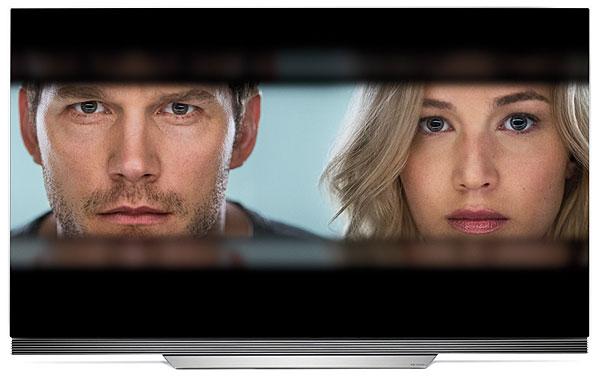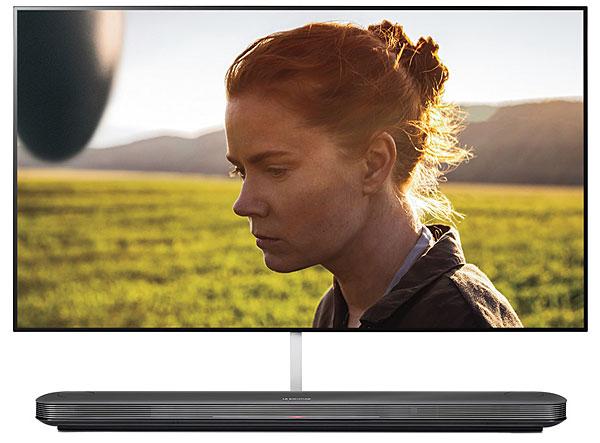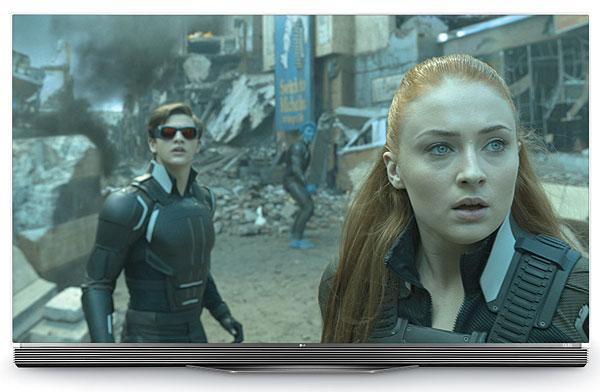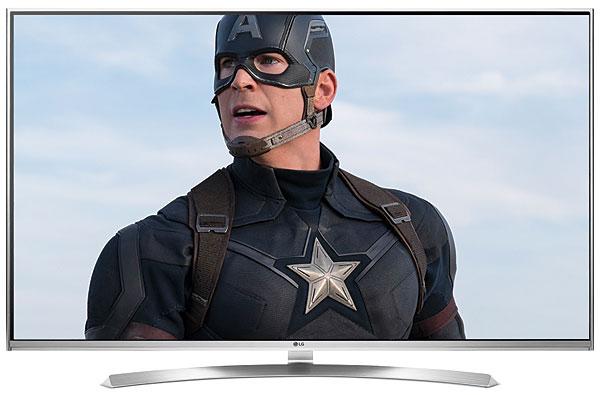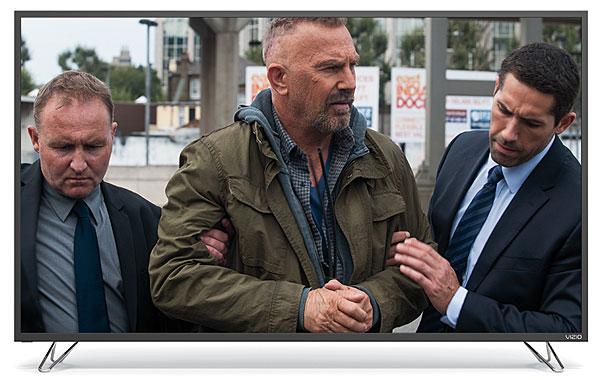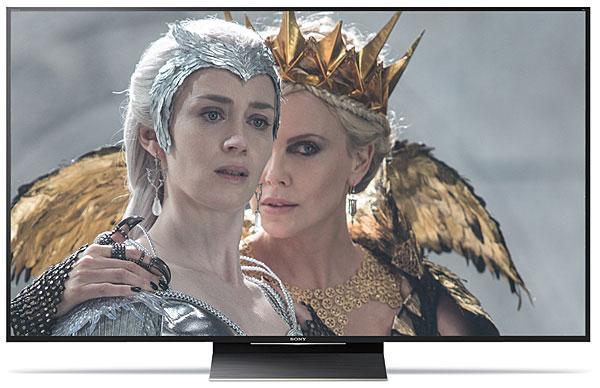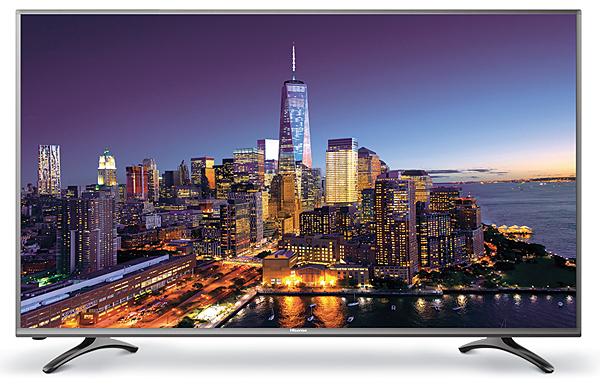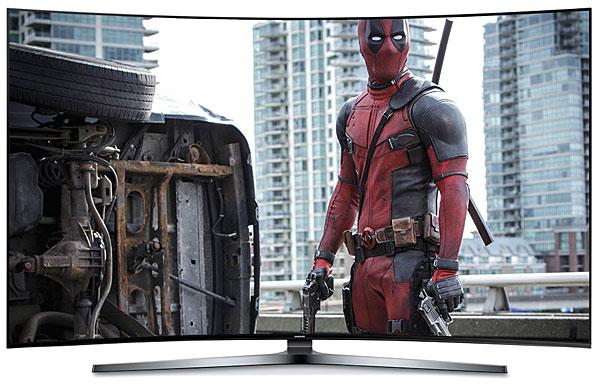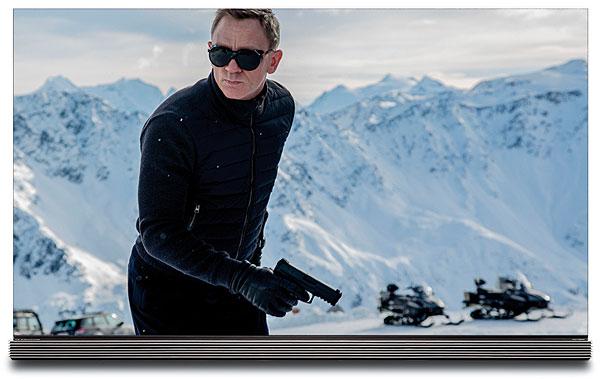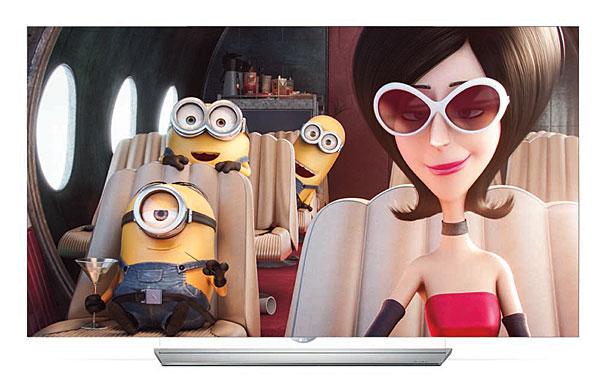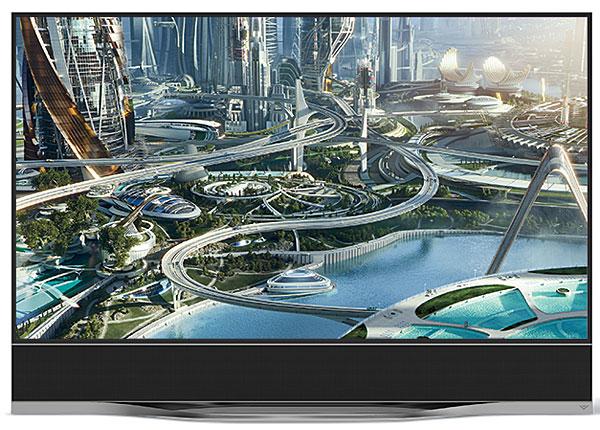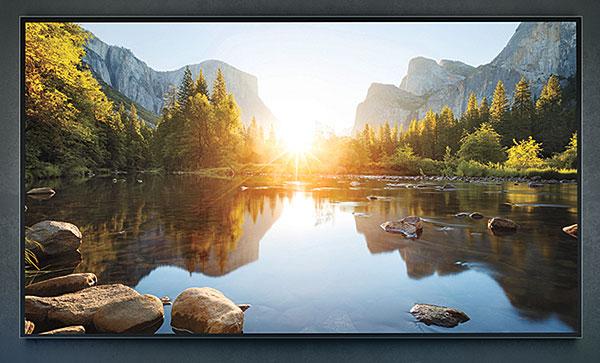TV Reviews
Sort By: Post Date TitlePublish Date
|
Jun 30, 2017
|
May 17, 2017
|
Jan 11, 2017
|
Dec 27, 2016
|
Dec 22, 2016
|
Nov 15, 2016
|
Nov 02, 2016
|
Sep 07, 2016
|
Aug 03, 2016
|
Jun 15, 2016
|
Apr 05, 2016
|
Feb 23, 2016
|
Jan 26, 2016
